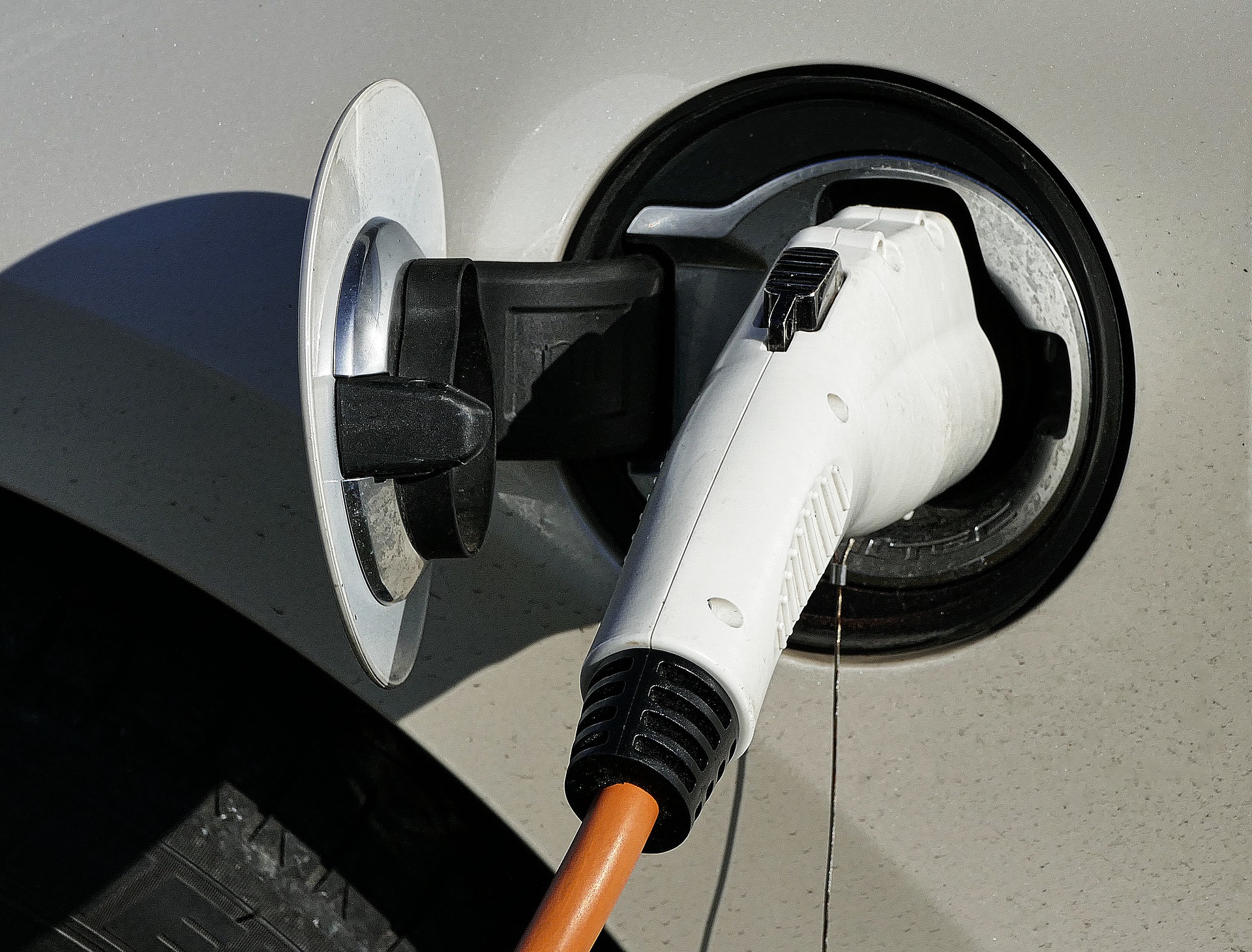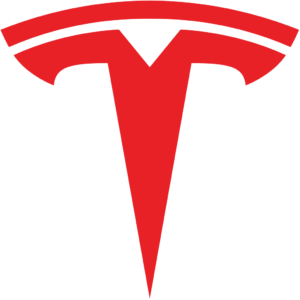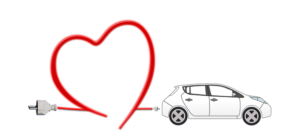In this series of seven blogs, we will cover the information you need to know about charging battery powered electric vehicles (EVs). To make the topic easier to digest, we have broken it into seven short blogs, namely:
- Part 1 – Battery and battery charging basics
- Part 2 – Battery performance measures
- Part 3 – EV battery charging – charging levels and home charging
- Part 4 – EV battery charging – outside the home; connectors and charging companies
- Part 5 – EV battery charging – problems with public charging stations; EV charging costs versus ICE-powered fueling costs
- Part 6 – Looking at EV charging’s big picture
- Part 7 – Trends in solar power that will accelerate the move to electric vehicles
Battery and battery charging basics:
At their simplest, batteries consist of one or more battery cells, depending on the voltage and energy required from the battery. However, every battery cell consists of only three basic parts:
- A cathode. This is the positive terminal or side of a battery cell. In the lithium-ion batteries that power many of today’s battery-powered electric vehicles, this cathode is usually made of a lithium metal oxide.
- An anode. This is the negative terminal or side of the battery cell. (Easy tip to remember polarity terminology – there is an “n” in both anode and negative.) In lithium-ion batteries, the anode is usually made of graphite, often combined with some 5% to 15% of a silicon compound.
- A separator. Again, in lithium-ion batteries, this is usually made of a polymer gel that contains dissolved lithium ions and various chemical additives.
Commercial battery technology has steadily progressed from the first lead-acid battery in 1859, to Nickel-Cadmium (Ni-Cad) batteries in 1899, to Alkaline batteries in 1959, to Nickel Metal Hydride batteries in 1989, and recently to lithium-ion batteries in 1991. We will confine our discussion to the lithium-ion batteries currently used in today’s battery-powered electric vehicles.
Battery charging and discharging:
To charge a battery cell, a direct electrical current (DC) is supplied through the battery. This propels lithium ions from the cell’s anode or negative terminal through the cell’s separator where they are collected on its cathode or positive terminal.
A note from your high school chemistry teacher: An ion is an atom or molecule that has a net electrical charge. Normally, an atom has the same number of electrons as it has protons and thus has a neutral charge. If an atom loses one or more electrons, then the previously neutral atom become a positively charged ion, with more protons than electrons. If the previously neutral atom gains one or more electrons in a reaction, then it becomes a negatively charged ion, with more electrons than protons.
When a cell or battery is charged to its nominal voltage, it can be used in an electrical circuit, for instance, to drive an electric motor in a vehicle. When the circuit is completed (through the motor in this instance) lithium ions flow from the battery’s cathode(s) to anode(s) until the battery’s voltage is effectively consumed or becomes so low that the battery/motor combination cannot function as designed.
When the battery is fully discharged (or “dead”) there is little to no voltage differential between the battery’s cathode (positive terminal) and anode (negative terminal). At this point the battery needs recharging and, if the battery is not irreparably damaged, the charge/discharge cycle starts over again. A battery charger will cause the lithium ions to move from the anode back through the separator to the cathode, thus recharging the battery’s voltage back to its nominal rating.
Battery forms:
Electric vehicle batteries have three basic design forms, cylindrical, prismatic, and pouch.
Tesla, for instance, has exclusively used the cylindrical cell form, primarily Panasonic’s 18650 and 21700 batteries. It is my understanding that Tesla uses 2170 as the descriptor of their version – a specific chemical specification — of Panasonic’s 21700 batteries. Tesla has announced that they will soon move to a pouch style battery produced by CATL in China for their Chinese Model 3 production.
BMW and Volkswagen primarily use the prismatic battery form, commonly shaped in rectangular packages with varying length, width, and depth dimensions, and therefore of various capacities. Each battery is much larger than the many small cylindrical batteries Tesla uses.
Nissan’s and Renault’s and GM’s Bolt and future electric vehicles are powered by pouch style batteries. These are shaped similar to a small woman’s purse or a tobacco pouch. Because of their thin size they are often found in cell phones and laptop computers. These pouch cells can be combined either vertically or horizontally and packaged in a variety of formats.
Electric Vehicle Battery Packaging:
Cylindrical lithium-ion battery cells are manufactured in extremely high unit volumes. For instance, just to supply Tesla’s current Model 3 production requirements, Tesla’s Nevada Giga battery factory has to produce in excess of two million 2170 cells a day!
Whatever their form, individual battery cells are then packaged in modules. Modules are easier to manufacture and handle and are, in turn, used as building blocks for larger vehicle battery packs. Each module has its own frame, wiring connections and harness, and cooling system and sensing system harness – – the latter two items to form part of the vehicle’s battery management system (BMS). Tesla’s Model 3 battery pack consists of four modules totaling 4,416 of their 2170 cells, wired to deliver 350 volts (DC) and about 233 Amp hours.
The next blog in this series is: Battery Performance Measures
Your feedback in the form of comments or suggestions are welcome in the comment window. Thank you for following my blogs on this site and for participating in my blogging community.




